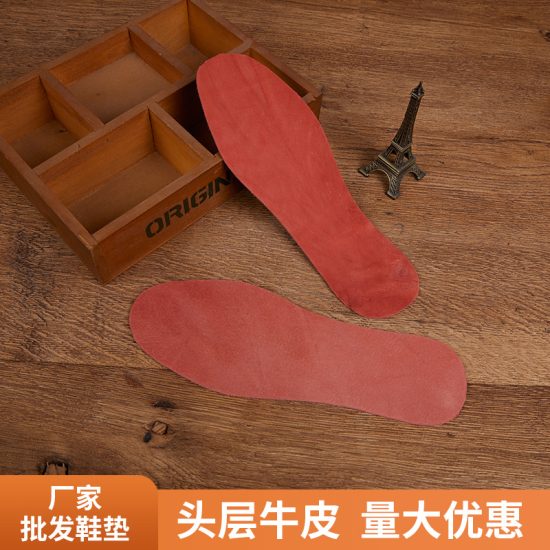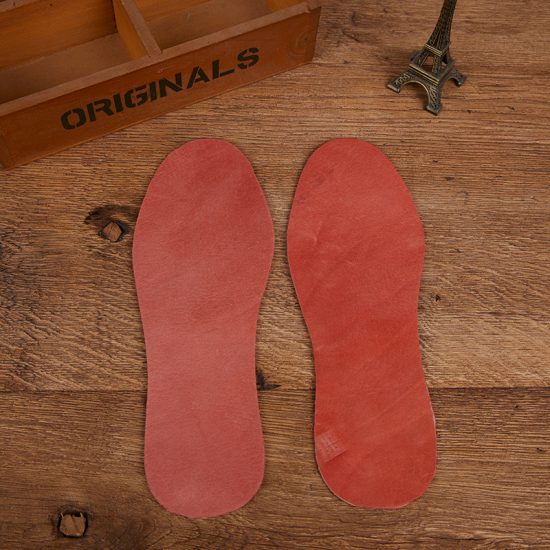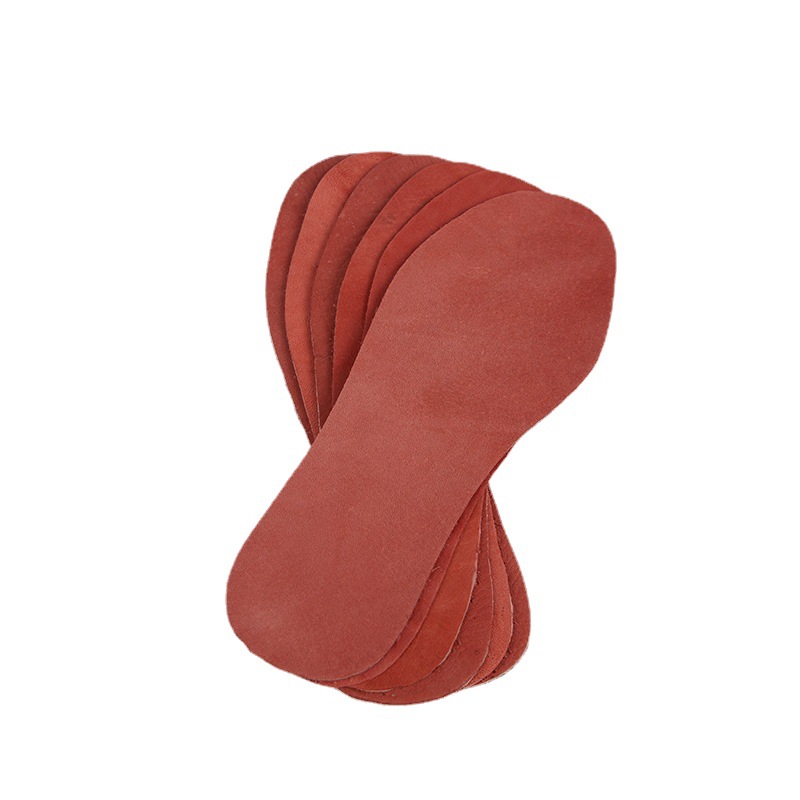Shoe insoles can prevent blisters in several ways. Firstly, insoles can provide additional cushioning and support to the foot, which can help reduce friction and pressure on the skin. This can help reduce the risk of blisters forming in the first place. Additionally, insoles can help redistribute pressure across the foot, which can help reduce the pressure on specific areas of the foot that are prone to blisters.
When choosing insoles for blister prevention, it’s important to consider the fit of the shoe and the individual’s foot type. Insoles that are too thick or don’t fit properly can cause discomfort and make the shoe fit poorly, which can increase the risk of blisters. Insoles that are too thin may not provide enough cushioning to prevent blisters.
There are several types of insoles that can be helpful for preventing blisters, including gel insoles, foam insoles, and blister-specific insoles. Gel insoles provide cushioning and shock absorption, foam insoles can provide additional support and cushioning, and blister-specific insoles are designed to prevent blisters by reducing friction and pressure on the skin.
Overall, shoe insoles can be an effective tool for preventing blisters, but they should be chosen carefully and fit properly. It’s also important to remember that proper foot hygiene, including keeping the feet clean and dry, can also help prevent blisters.



